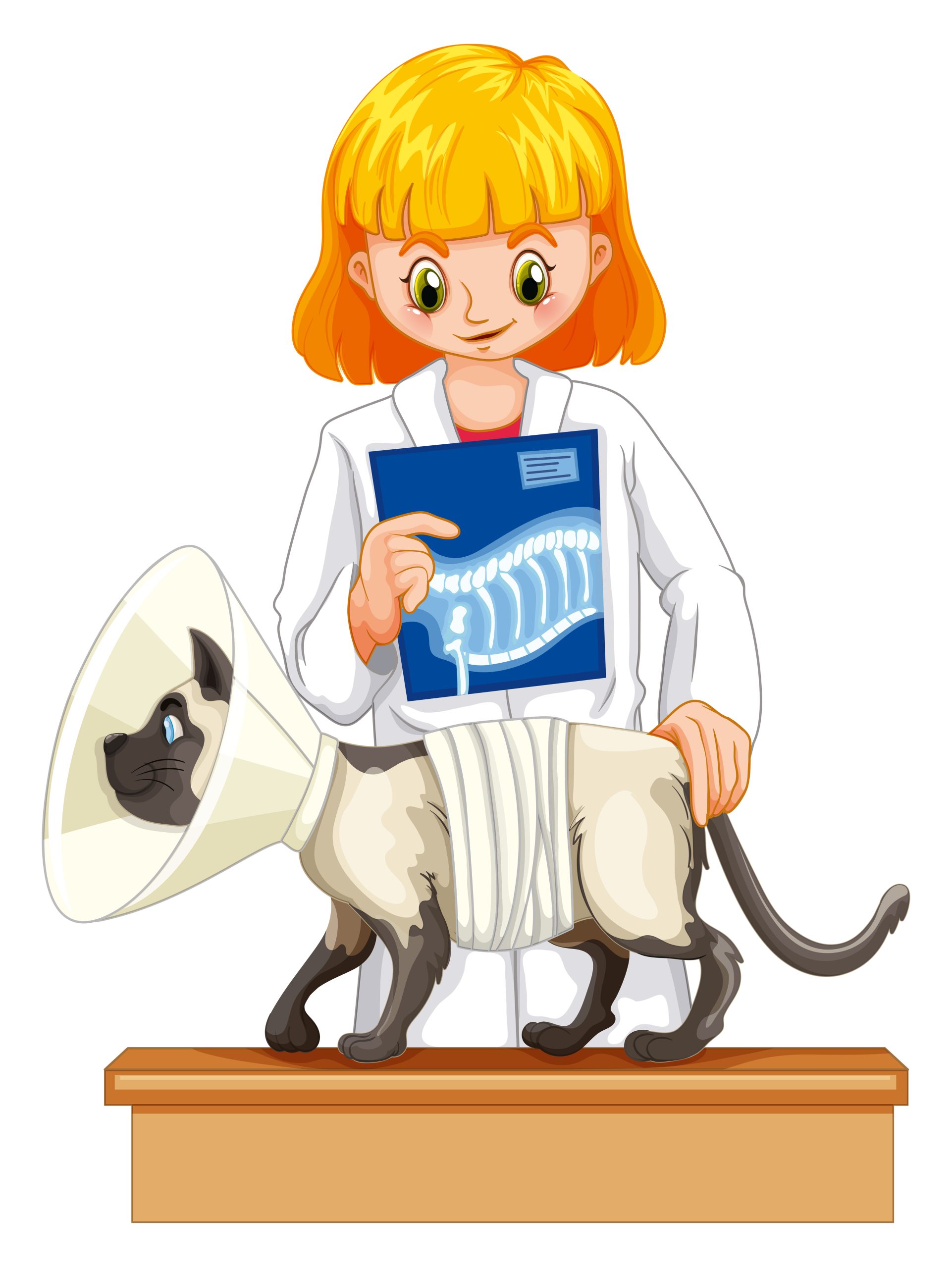Piroplasmosis is a tick-borne disease that affects horses and other animals worldwide. The disease is caused by a microscopic parasite that infects the red blood cells of the animal, leading to anemia, fever, and other health complications. Piroplasmosis can be challenging to diagnose, especially in the early stages of the disease when the symptoms may be mild or absent. However, early diagnosis is critical to treating the disease effectively and preventing its spread.
Here’s why diagnosing Piroplasmosis early is so important:
- Early Diagnosis Improves the Prognosis
Like most diseases, early diagnosis of Piroplasmosis improves the prognosis and the chances of a full recovery. The earlier the disease is detected, the sooner treatment can begin, and the more effective it is likely to be. Delaying diagnosis can lead to more severe symptoms, such as anemia, jaundice, and organ damage, which can be more challenging to treat.
- Early Diagnosis Reduces the Risk of Transmission
Piroplasmosis is highly contagious and can be spread from horse to horse through the bite of infected ticks, contaminated needles, or other medical equipment. Early diagnosis can help prevent the spread of the disease to other horses in the same herd or to horses in neighboring herds. Quarantine procedures can be implemented for infected horses to prevent them from coming into contact with other horses until they have fully recovered and are no longer contagious.
- Early Diagnosis Can Save Money
Early diagnosis and treatment of Piroplasmosis can be less expensive than waiting until the disease has progressed. More severe cases of the disease may require hospitalization, blood transfusions, and other intensive treatments, which can be costly. Early diagnosis and treatment can help avoid these additional expenses and improve the chances of a full recovery.
- Early Diagnosis Can Help Identify Infected Horses
Early diagnosis can help identify horses that are carriers of the disease but are not showing any symptoms. These horses can still spread the disease to other horses, even if they are not showing any signs of illness. Identifying infected horses early can help prevent the spread of the disease to other horses and reduce the risk of future outbreaks.
In conclusion, diagnosing Piroplasmosis early is essential to treating the disease effectively and preventing its spread. Early diagnosis improves the prognosis, reduces the risk of transmission, saves money, and helps identify infected horses. Horse owners should be aware of the signs and symptoms of Piroplasmosis and seek veterinary care if they suspect their horse may be infected. Veterinarians can perform diagnostic tests, such as a blood smear or PCR test, to confirm the presence of the parasite and initiate treatment promptly. By working together, horse owners, veterinarians, and animal health officials can help prevent the spread of Piroplasmosis and protect the health of horses and other animals.




